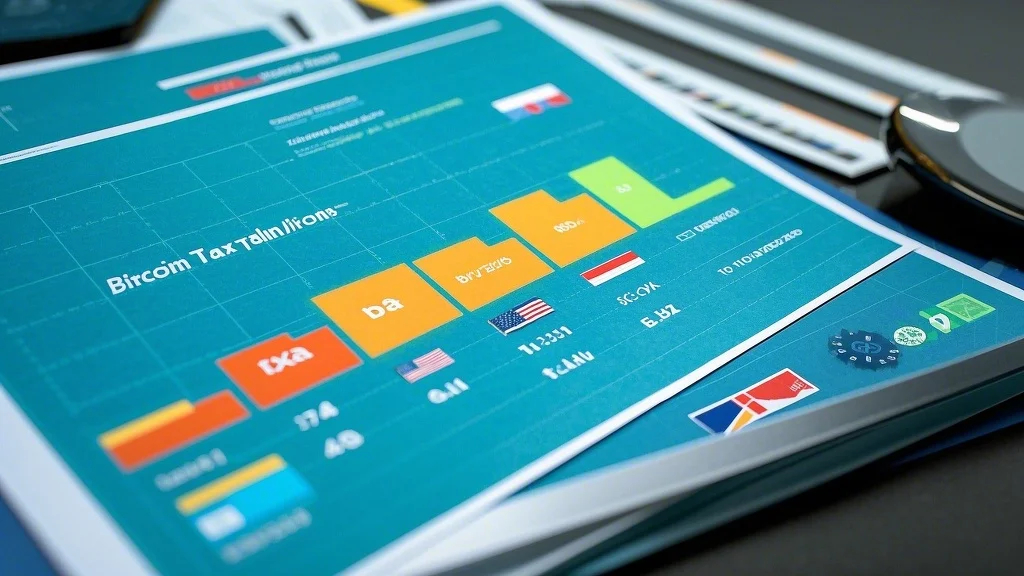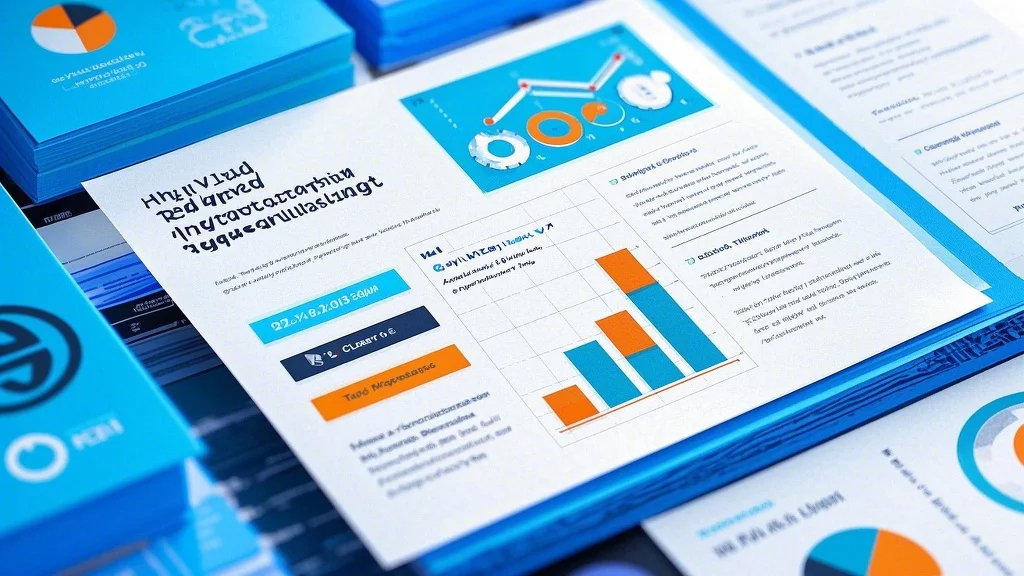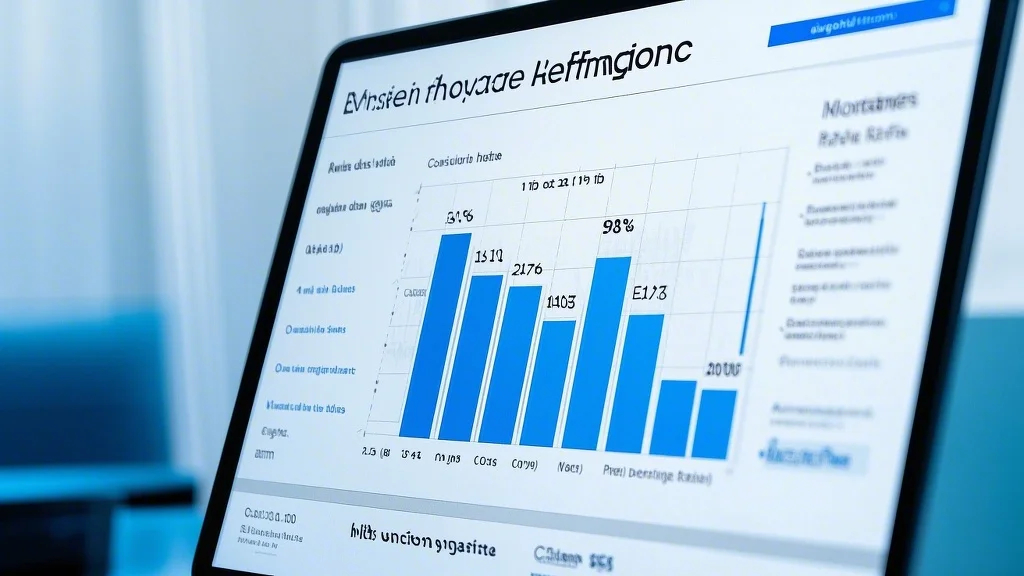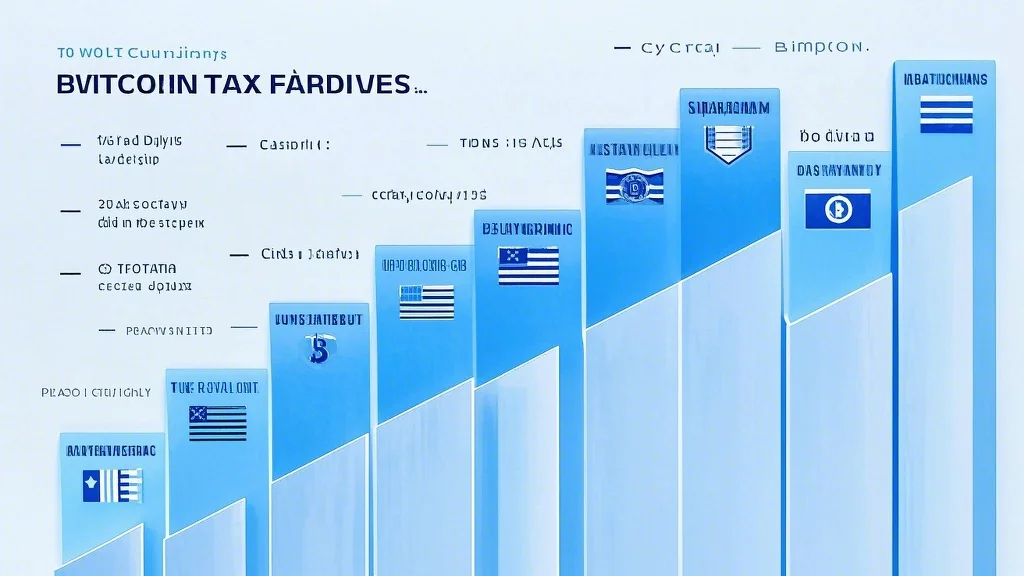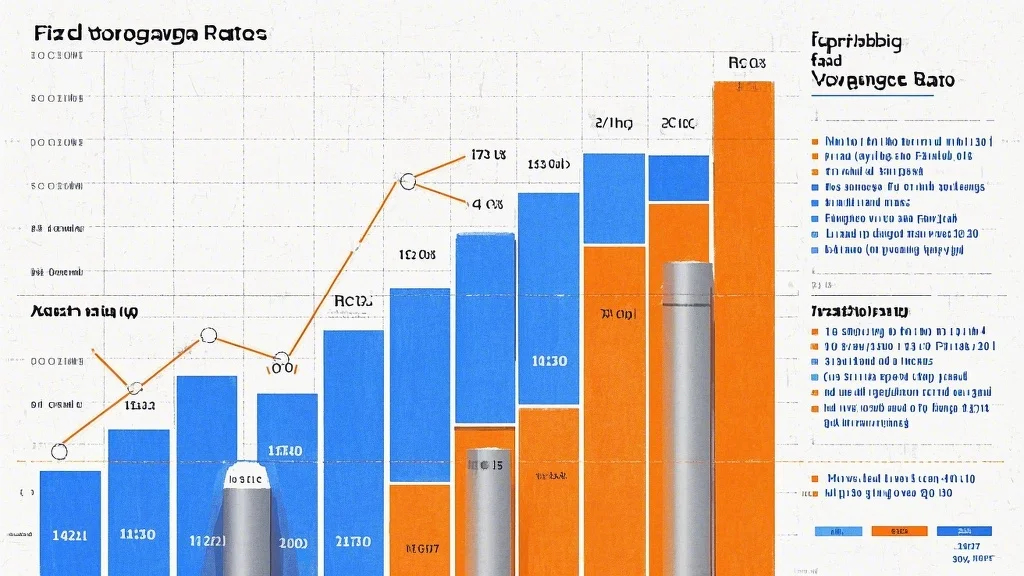Looking to maximize your returns and grow your wealth? High Yield Investment Programs (HYIPs) offer attractive opportunities for investors seeking higher-than-average returns. However, starting with HYIPs can be overwhelming, especially if you’re new to investing. This guide will walk you through the key steps to get started, from understanding the basics to selecting the right program for your financial goals. Whether you’re a novice or an experienced investor, this article will provide you with the insights you need to succeed in high yield investing.
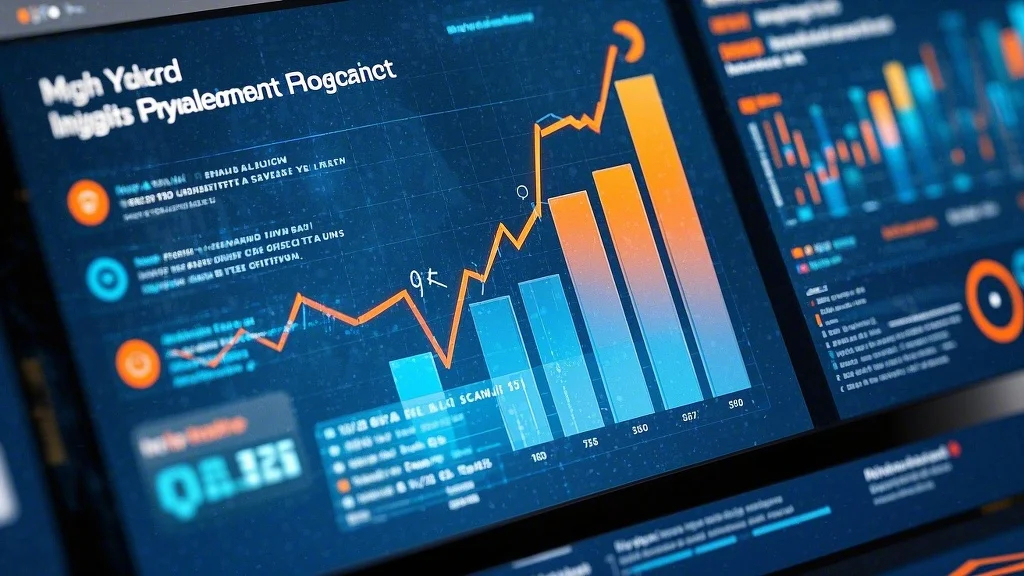
Understanding High Yield Investment Programs
High Yield Investment Programs (HYIPs) are financial instruments designed to provide higher returns compared to traditional investments like savings accounts or bonds. These programs are often structured to allow investors to earn substantial profits within a short period. While the idea of earning high returns sounds appealing, it’s important to approach HYIPs with caution and a well-informed strategy.
First, it’s crucial to understand how HYIPs work. Unlike conventional investments where returns are predictable, HYIPs are known for their variable returns. They often involve leveraging, which can amplify both gains and losses. This means that while the potential for high returns is significant, the risks are also elevated.
To start with HYIPs, you need to have a solid understanding of your financial goals and risk tolerance. High yield investments are not suitable for everyone. If you’re seeking a stable, low-risk investment, HYIPs might not be the right choice. However, if you’re willing to take on more risk for the chance of higher rewards, HYIPs could be an attractive option.
Step 1: Build a Strong Financial Foundation
Before diving into high yield investments, ensure you have a solid financial foundation. This includes:
Creating an emergency fund: You should have at least 3-6 months’ worth of living expenses saved in a low-risk, easily accessible account.
paying off high-interest debt: High yield investments are not a way to escape debt; they should be used to grow wealth after you’re debt-free.
Establishing a budget: A budget will help you manage your finances and allocate funds for investments.
Step 2: Understand the Basics of High Yield Investments
High yield investments can take many forms, including peer-to-peer lending, dividend-paying stocks, and Forex trading. Each type of investment has its own risks, rewards, and learning curves. Take the time to research and understand the mechanics of the programs you’re interested in.
For example, peer-to-peer lending platforms allow you to lend money to individuals or businesses and earn interest on your loan. Forex trading involves speculating on currency price movements, which can be highly volatile.stocks, on the other hand, provide dividends, but their value can fluctuate based on market conditions.
Step 3: Set Clear Financial Goals
Before you start investing, define your financial goals. Are you looking to save for a down payment on a house, retirement, or simply build a nest egg? Knowing your goals will help you stay focused and make informed investment decisions.
Consider the following questions when setting your goals:
What is my time horizon? (short-term, medium-term, or long-term)
How much risk am I comfortable taking?
What returns do I realistically expect?
Answering these questions will help you align your investment strategy with your financial objectives.
Step 4: Assess Your Risk Tolerance
Risk tolerance is a critical factor in high yield investing. High yield programs often involve significant risk, and it’s important to assess how much risk you’re willing to take.
If the idea of losing a portion of your investment keeps you awake at night, HYIPs might not be the right path for you. On the other hand, if you’re comfortable with volatility and understand that losses are a part of the potential rewards, you may be ready to explore these opportunities.
Step 5: Research and Select the Right High Yield Program
With so many high yield investment programs available, it’s essential to do your due diligence. Look for programs that are transparent, have a proven track record, and align with your investment goals.
Factors to consider when selecting a HYIP include:
Returns: What are the projected returns? Are they realistic and achievable?
Risk: What are the potential risks and how are they managed?
Terms and Conditions: Are there hidden fees, withdrawal limits, or lock-in periods?
Reputation: What do other investors say about the program? Look for reviews and testimonials.
Step 6: Start Small
As a newcomer to high yield investing, it’s wise to start small. Allocate a portion of your investable funds to HYIPs and use the experience to learn and refine your strategy. This approach allows you to test the waters without exposing yourself to significant risk upfront.
Take the time to monitor your investments and evaluate the performance of the programs you’re involved with. This will help you identify what’s working and what’s not, enabling you to make adjustments as needed.
By taking these initial steps, you’ll be well on your way to getting started with high yield investment programs. In the next part of this guide, we’ll delve deeper into advanced strategies and tips to help you maximize your returns and achieve long-term success in high yield investing.
Advanced Strategies for Maximizing Returns
Now that you’ve taken the initial steps to get started with high yield investment programs, it’s time to focus on advanced strategies that can help you maximize your returns and achieve long-term success. These strategies involve diversifying your investments, managing risk, and continuously educating yourself about the market.
1. Diversify Your Investment Portfolio
Diversification is a key principle of successful investing, and it applies to high yield investments as well. By spreading your investments across different programs and asset classes, you can reduce your overall risk and increase your chances of achieving steady returns.
For example, you could allocate a portion of your funds to peer-to-peer lending, another portion to stocks, and the rest to Forex trading. This approach ensures that if one investment underperforms, the others can balance it out.
When diversifying, consider the following factors:
Risk Level: Allocate more funds to moderate-risk investments if you’re cautious, and more to high-risk options if you’re comfortable with greater volatility.
Market Correlation: Avoid investing in programs that are closely correlated, as this can increase your exposure to market fluctuations.
Geographic Diversification: Invest in programs that operate in different regions or countries to minimize regional risks.
2. Focus on Compounding Growth
Compounding growth is one of the most powerful tools available to investors. It works by reinvesting your earnings, allowing your wealth to grow at an accelerating rate over time.
For instance, if you invest $1,000 in a program that offers a 10% annual return, you’ll earn $100 in the first year. By reinvesting the $100, your principal becomes $1,100 in the second year, and you’ll earn $110. Over time, this snowball effect can lead to significant growth.
To maximize compounding, start investing as early as possible
